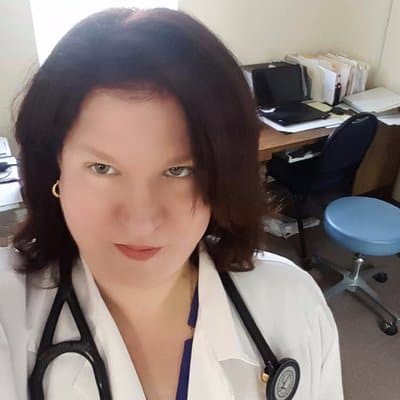In a recent Wall Street Journal article, the authors equate teaching future doctors about “diversity, equity, and inclusion competencies” to “political re-education” and “wokeness.” They claim that “hyper-class and -racial consciousness that the AAMC wants to instill in doctors may result in worse care for minorities.” Additionally, they predict that it will be difficult to attract new students to medicine if they must “attend to their guilt as racial and political oppressors before they can diagnose your cancer.”
Unfortunately, the predominant culture in medicine is still one lacking inclusion and equity. Just look to the last quote above and you’ll see that the authors are addressing a White culture. They fail to address Black, Latino, and other minority races in their comments.
Why do we need diversity and inclusion in medicine?
- We need it everywhere. We are all human and all equal. We need to start treating everyone equally, both among peers and patients. As it stands, many highly qualified individuals are left out of medicine due to inequality. It may not be intentional, but it exists. According to the AAMC, the racial breakdown of the number of practicing physicians in the US shows that 5.8% reported to be Hispanic and 5.0% Black. It is interesting to note that a larger number are reported to be “unknown.” These statistics do not represent our society.
- As the population ages and people live with more complex diseases, we need the most qualified doctors. Medicine is still largely a White, male culture. While many may cite other reasons minorities represent a smaller portion of physicians, especially those in leadership positions, it stands to reason that bias plays a major role. Minorites are often passed up for competitive positions. Patients with complex disease need a whole team to take care of them, and any bias, apparent or not, needs to be addressed and removed. There is no place for bias, exclusion, racism, or sexism in the future of medicine. As the predicted physician shortage rolls out, we need the best hands on deck.
- We live in a world that often sees racial tensions. Despite being in the 21st century, people have not overcome racism. In fact, many of our political leaders still seem to struggle with this problem. When our lawmakers can’t mount the racial divide, it spurs further acts of racism. We all saw the unrest that occurred following the George Floyd incident. In medicine, the whole focus should be on treating patients. Any tension, racial or otherwise, that creates a hostile or uncomfortable environment makes it more difficult to treat patients.
- With many conditions, minority patients have worse outcomes than White patients with the same disease states. This has been proven in hundreds of studies across many disease states. It was recently evidenced with the COVID-19 pandemic, with Black patients bearing a greater disease burden and worse outcomes. There are many causes that potentially explain this, including distrust of medical professionals. Many women patients choose to see me because I am a woman. Patients tend to trust, and feel more comfortable seeking medical care from, those who look and talk like them. We need diversity to address this. Patients’ lives depend on this.
Diversity and inclusion are a necessity for optimal patient outcomes. They are also needed to ensure that all qualified individuals are given equal opportunities. Too often, minority students face inherent and blatant bias when seeking medical education while at the same time lacking adequate mentorship. If we want cohesive medical teams, we must all work to root out biases. No one wants to work in a hostile workplace. Should we be teaching the ideas of diversity and inclusion to our future doctors? The future says yes.


 PWeekly
PWeekly